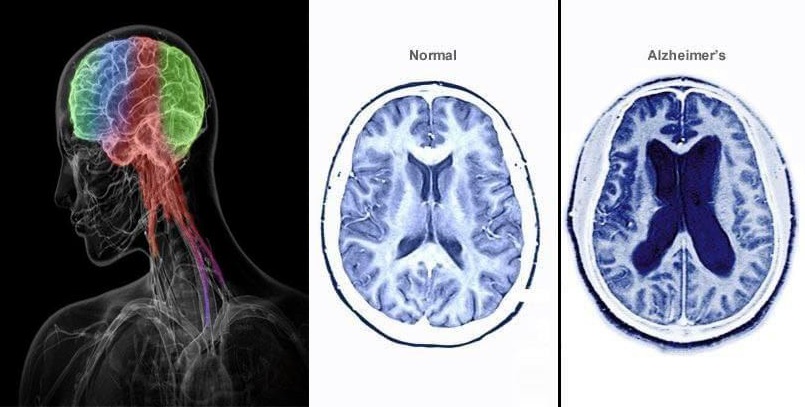Defining Alzheimer’s disease
Alzheimer’s disease (AD) occurs when the brain cells responsible for memory and other functions start to die. No one knows exactly what causes AD. And there’s no known cure. The risk of getting AD doubles every five years after age 65, according to the Alzheimer’s Foundation of America (AFA).

AD first described
AD is named after German doctor Alois Alzheimer. He described the symptoms of a patient known as “Auguste D.” in 1906. The symptoms included:
- memory loss
- abnormal behavior
- shrinkage of the patient’s brain
Psychiatrist Emil Kraepelin, Dr. Alzheimer’s colleague, coined the name “Alzheimer’s disease” in a 1910 medical book.

NIA established
The United States Congress established the National Institute on Aging (NIA)Trusted Source as part of the National Institutes of Health (NIH) in 1974.
The mission of the NIA is to better understand the nature of aging and promote a greater quality of life among older adults. The NIA is also the federal government’s primary source for funding AD research.
AD’s challenge defined
In a 1976 editorial, neurologist Dr. Robert Katzman declared AD to be the most common form of dementia and a substantial public health challenge.
This brought awareness to the disease and helped launch many brain-related research projects through the NIH.
Proteins identified
The main markers of Alzheimer’s disease in the brain are high amounts of two proteins: beta-amyloid and tau.
Beta-amyloid was discovered in 1984. Two years later, tangles of tau were discovered in people with AD.
Both proteins may cause brain cell damage. Researchers don’t know yet if high levels of beta-amyloid and tau cause AD or if they’re symptoms.
First drug trial
In 1978, NIA and the Alzheimer’s Association teamed up with the Warner-Lambert Pharmaceutical Company, now known as Pfizer.
They started the first clinical trial of a drug designed to treat symptoms of AD.
The U.S. Food and Drug Administration (FDA) formally approved the drug tacrine in 1993. Four more Alzheimer’s drugs were approved during the next decade.
Genetic study begins
In 2003, the Alzheimer’s Association and the NIA started accepting people into the National Alzheimer’s Disease Genetic Study. The federal government funds the study.
Researchers take and store blood samples from people in families with more than one member with AD. The goal of the ongoing study is to find genes that may make someone more likely to develop AD.

